All the fun things to do that can be found on exploringnotboring.com must meet our Quality Standard. In addition, any Activities or Events that include food preparation, our Experience Partners are required to follow guidelines based on the Pan American Health Organization’s 5 Keys to Safer Food Program.
FOOD SAFETY GUIDELINES QUICK LINKS
Local Laws
It’s every Partner’s responsibility to learn about local laws that may affect their Experiences.
Keep Things Clean
While most microorganisms don’t cause disease, dangerous microorganisms are widely found in soil, water, animals, and people. These can be carried on hands, cleaning cloths, utensils, and especially cutting boards.
- Wash your hands before handling food and often during food preparation
- Wash your hands after going to the toilet
- Wash and sanitize all surfaces and equipment used for food preparation
- Protect kitchen areas and food from insects, pests, and other animals
Separate Raw and Cooked Foods
Raw food, especially meat, poultry, and seafood can also contain dangerous microorganisms that may be transferred onto other foods during food preparation and storage.
- Separate raw meat, poultry, and seafood from other foods
- Use separate equipment and utensils, such as knives and cutting boards, for handling raw foods
- Store raw and prepared foods in separate food containers to avoid contact between them
Cook Food Thoroughly
Cooking food to a temperature of 158℉/70℃ can kill almost all dangerous microorganisms and ensure it’s safe for consumption.
- Cook food thoroughly, especially meat, poultry, eggs, and seafood
- Bring foods like soups and stews to boiling to make sure they have reached 158℉/70℃
- Reheat cooked food thoroughly
Foods that require special attention include minced meats, rolled roasts, large joints of meat, and whole poultry.
Keep Food at Safe Temperatures
Microorganisms can multiply very quickly if food is stored at room temperatures. By holding at temperatures below 41℉/5℃ or above 140℉/60℃, the growth of microorganisms is slowed down or stopped.
- Don’t leave cooked food at room temperature for more than two hours
- Refrigerate all cooked and perishable food promptly (preferably below 41℉/5℃)
- Keep cooked food above 140℉/60℃ prior to serving
- Don’t store food too long, even in the refrigerator
- Don’t thaw frozen food at room temperature
- Be aware that some dangerous microorganisms still grow below 41℉/5℃
Use Safe Water and Quality Raw Ingredients
Raw ingredients as well as water and ice may be contaminated with dangerous microorganisms and chemicals. In addition, toxic chemicals may be formed in damaged and moldy foods. Carefully selecting ingredients, and washing and peeling foods, may reduce risk.
- Use safe water or treat it to make it safe
- Select fresh foods
- Choose foods processed for safety, such as pasteurized milk
- Wash fruits and vegetables, especially if eaten raw
- Don’t use food beyond its expiration date
Find more detailed guidelines about this at the Pan American Health Organization.
To keep things prim and proper, all Partners must comply with our Terms of Service and Partner Terms.
Got a Cooking Experience to offer? Submit your idea here 🎉

Need more help?
Try these steps:

Search the Help Hub
Find the answers you need!

Contact Us
We’ll help you get there!





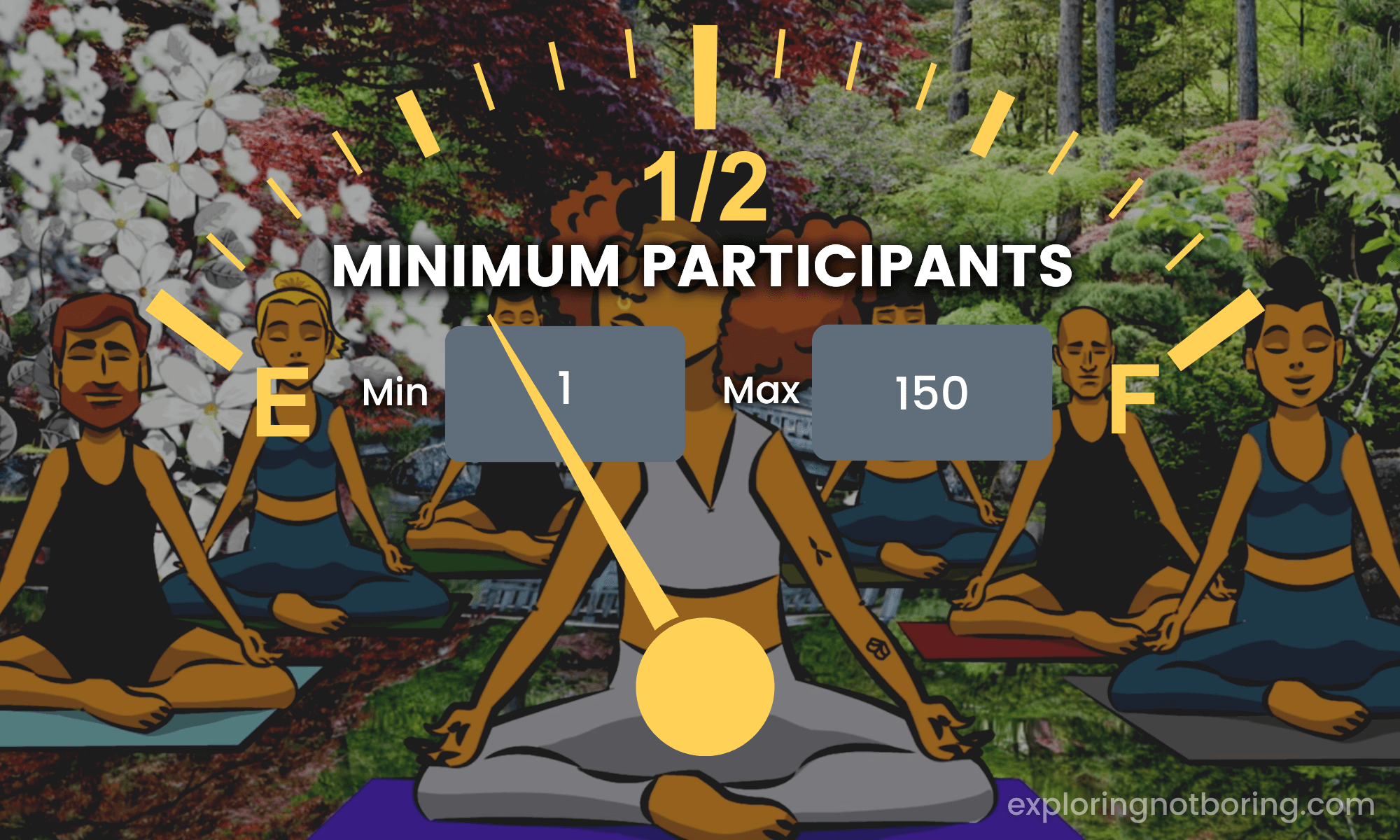

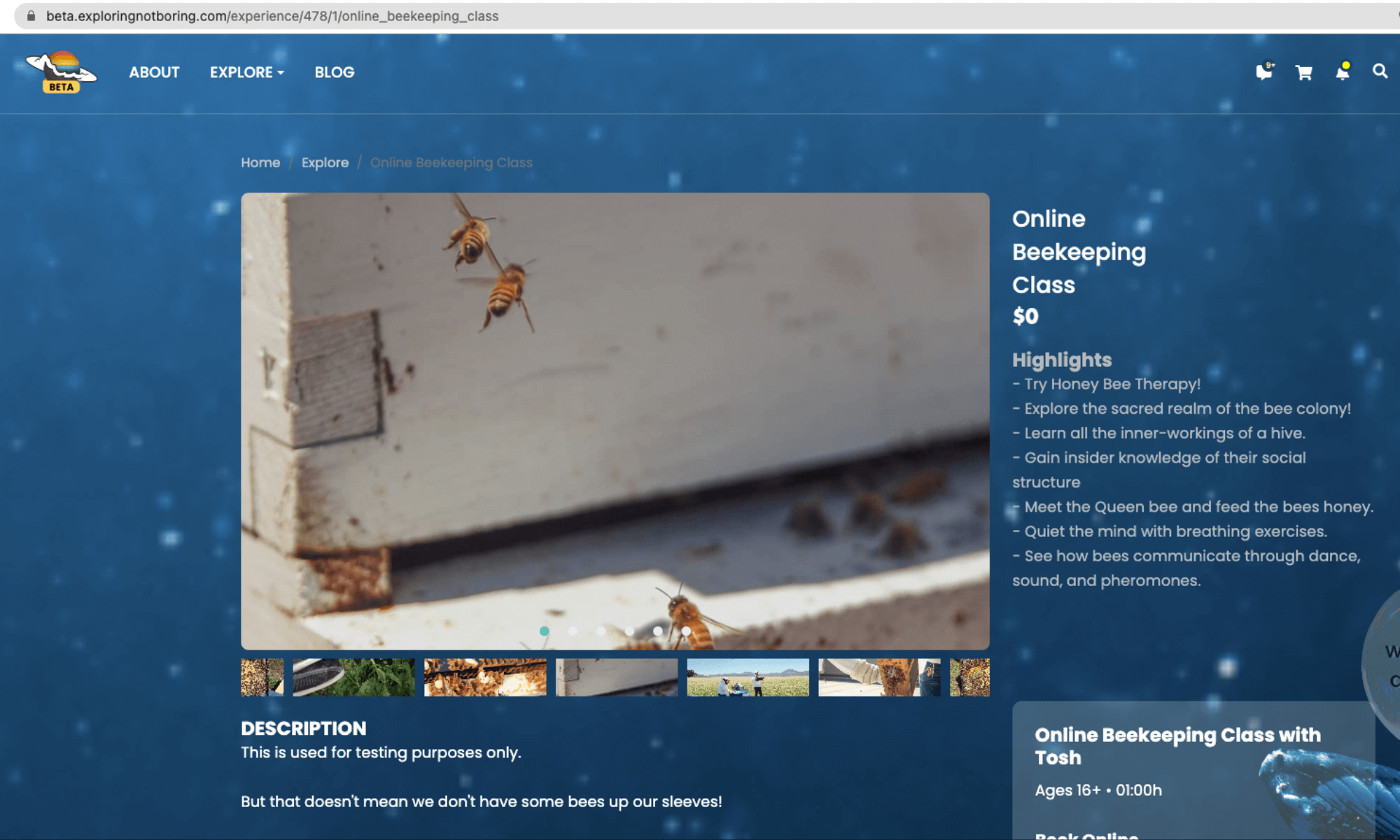
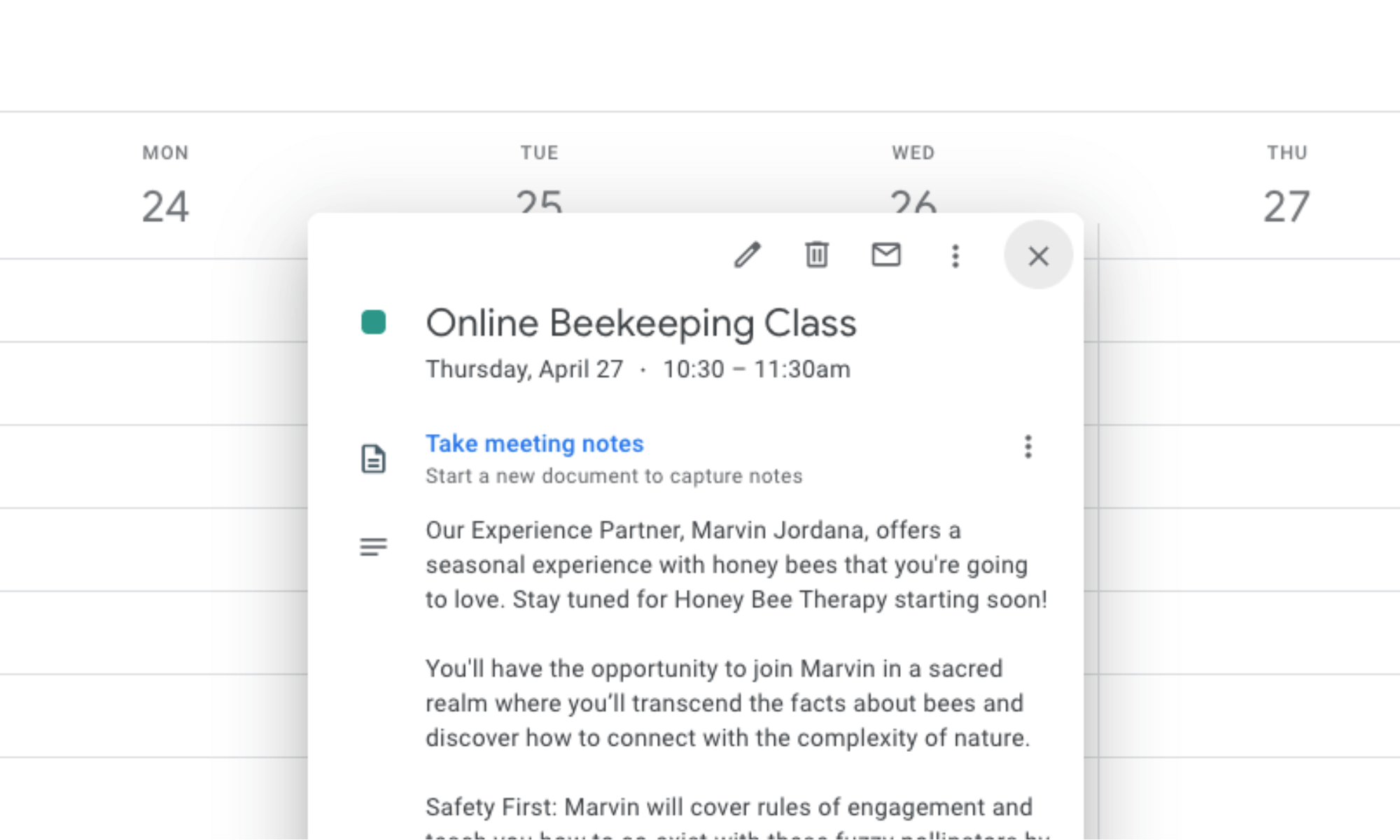




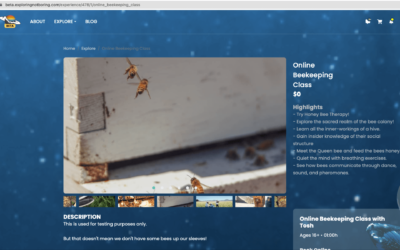
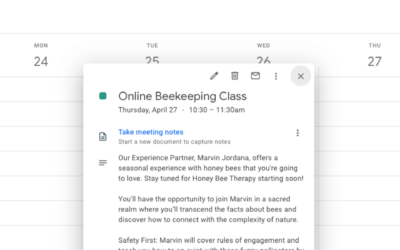




0 Comments